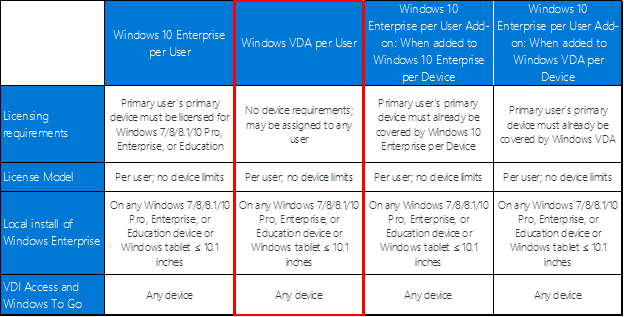Hi,
As for CAL used in VDI, you could check below FAQ to understand better.
Licensing the Windows Desktop for VDI Environments
http://download.microsoft.com/download/1/1/4/114a45dd-a1f7-4910-81fd-6caf401077d0/microsoft%20vdi%20and%20vda%20faq%20v3%200.pdf
Besides, quoted explanation from Dashrender "To use VDI (Virtual Desktop Interface) you need and OS license (either a workstation license with Software Assurance or VDA or Intune [combined with a desktop OS license]) and a connection method license, such as RDS or VMWare View or XenDesktop." in a similar discussion.
https://community.spiceworks.com/topic/278409-vdi-licensing-on-server-2012-rds
Please note: Information posted in the given link is hosted by a third party. Microsoft does not guarantee the accuracy and effectiveness of information.
Last but not least, you could reach VLSC support for a call and consult the questions of CAL.
VLSC contact:
https://www.microsoft.com/Licensing/servicecenter/Help/Contact.aspx
Hope this helps and please help to accept as Answer if the response is useful.
Thanks,
Jenny
